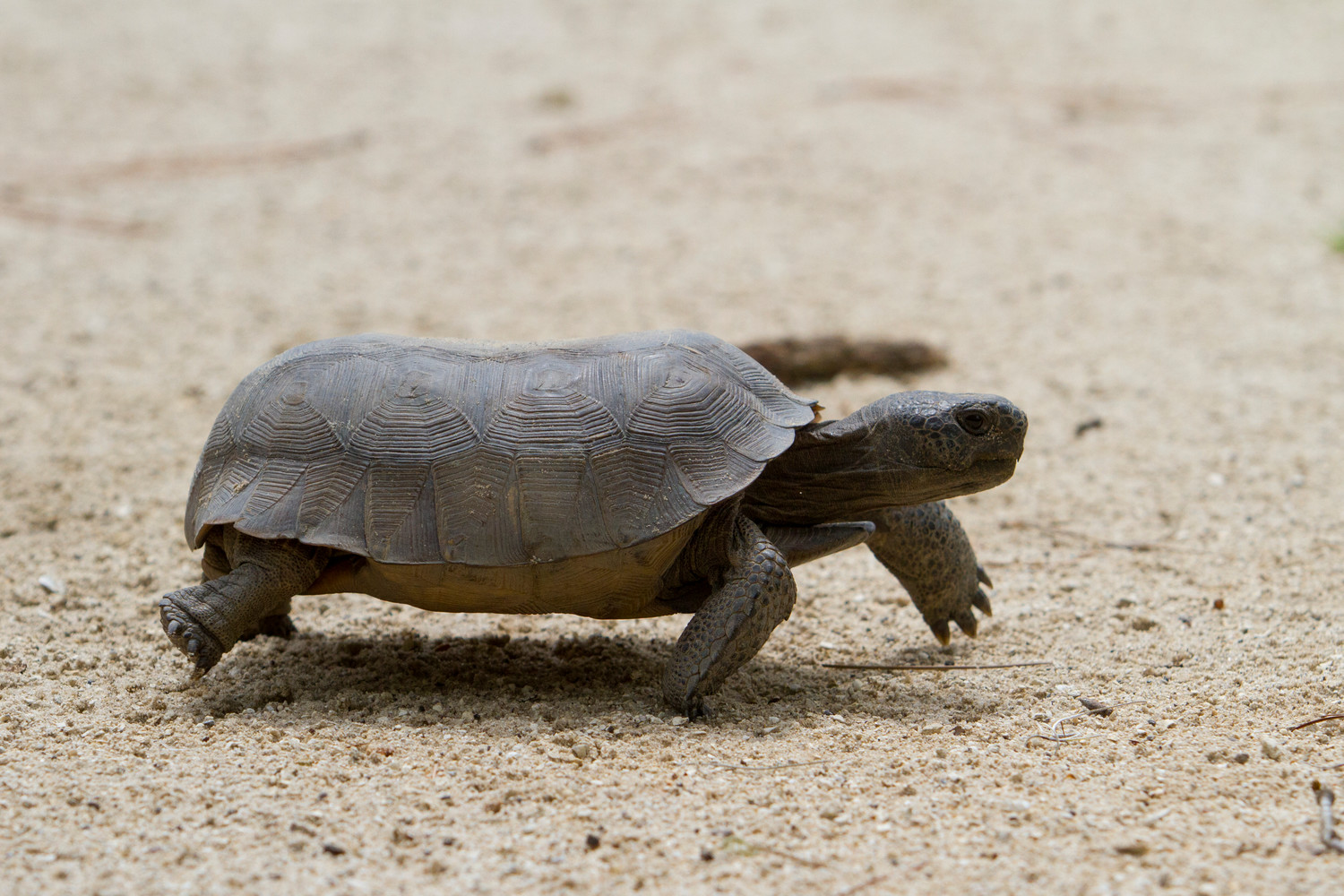Living with gopher tortoises
GREEN COVE SPRINGS – In Florida landscapes we have the benefit of viewing many amazing animal species. From insects to birds to mammals, there is a huge variety in our landscapes and we can work to …
This item is available in full to subscribers.
Attention subscribers
To continue reading, you will need to either log in to your subscriber account, or purchase a new subscription.
If you are a current print subscriber, you can set up a free website account and connect your subscription to it by clicking here.
If you are a digital subscriber with an active, online-only subscription then you already have an account here. Just reset your password if you've not yet logged in to your account on this new site.
Otherwise, click here to view your options for subscribing.
Please log in to continueDon't have an ID?Print subscribersIf you're a print subscriber, but do not yet have an online account, click here to create one. Non-subscribersClick here to see your options for subscribing. Single day passYou also have the option of purchasing 24 hours of access, for $1.00. Click here to purchase a single day pass. |
Living with gopher tortoises
GREEN COVE SPRINGS – In Florida landscapes we have the benefit of viewing many amazing animal species. From insects to birds to mammals, there is a huge variety in our landscapes and we can work to attract even more by providing them with plants that provide food and shelter. However, sometimes you may attract wildlife with special protections for good reason.
Gopher Tortoises in Florida
The gopher tortoise has been around for millions of years but has become a protected species in Florida in recent years due to loss of habitat from human encroachment. They prefer upland, dry habitats such as sandhills, scrub forest, or flatwoods and dig extensive burrows under the surface.
While these gentle reptiles may not seem important, they provide essential benefits to hundreds of other wildlife species when everything from rabbits to rattlesnakes will use their abandoned burrows for shelter. They also graze on many low growing plants and spread their seeds.
An active burrow can be identified by a half moon shape and a clear area around the entrance. This is because the tortoises actively clean the opening near the burrow and if there is excessive debris, it is likely a sign the animal has moved on. However, they leave the burrow for use by other creatures. Sometimes it is possible to confuse the round burrow of an armadillo with that of the tortoise.
Protections for Tortoises
Due to the loss of their habitat and their importance, homeowners cannot legally move the tortoises if they are found or build a burrow on their property. Do not handle the tortoise or destroy the burrow, it is best to leave them alone to feed and allow space around the burrow, so they are not disturbed.
The only time you can move the tortoise is if it is in the road and then it can only be moved off of the surface in the direction it was traveling. Never attempt to relocate the tortoise to another site. If you have other questions regarding a gopher tortoise on your property visit http://myfwc.com/wildlifehabitats/managed/gopher-tortoise/rules-and-regulations/.
Additionally, if you know of a gopher tortoise that is in peril, such as a burrow in the direct path of development or one that has been hit by a car, call the Florida Fish and Wildlife Conservation Commission’s Wildlife Alert hotline at 1-888-404-3922.
What You Can Do to Help
There are still several things you can to benefit these amazing creatures on your property. If you have a gopher tortoise, provide them with habitat by leaving undisturbed areas around the burrow, plant native plants, and keep pets, children, and lawnmowers away.
If you have a decent amount of suitable property, you can also apply to be a tortoise relocation site, as some tortoises may need to be relocated by a licensed agent when their burrows are in an area slated for development and proper procedures are followed. For more information on how to help, visit http://myfwc.com/wildlifehabitats/managed/gopher-tortoise/help/.
n
If you have any horticultural, agricultural, 4-H, or family and consumer science questions, contact the University of Florida/IFAS Clay County Extension Office online at http://www.clay.ifas.ufl.edu or call by phone at (904) 284-6355.








